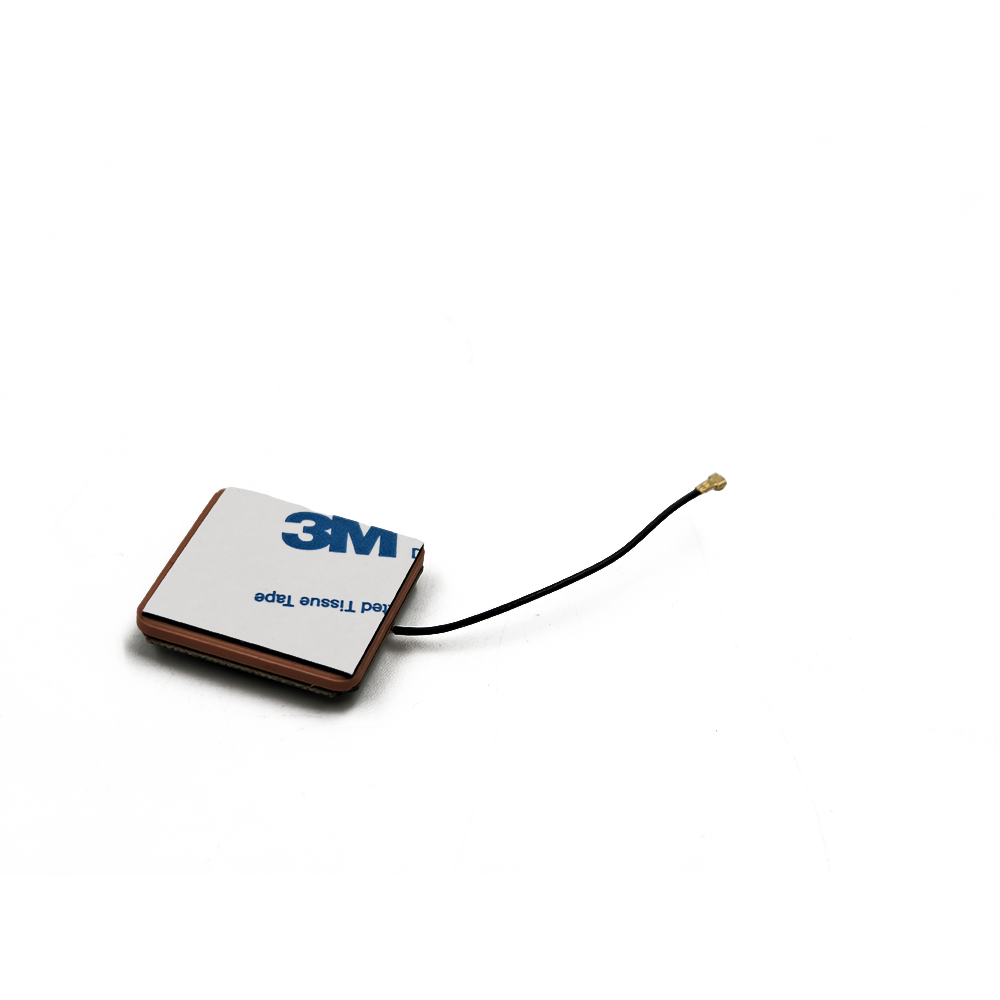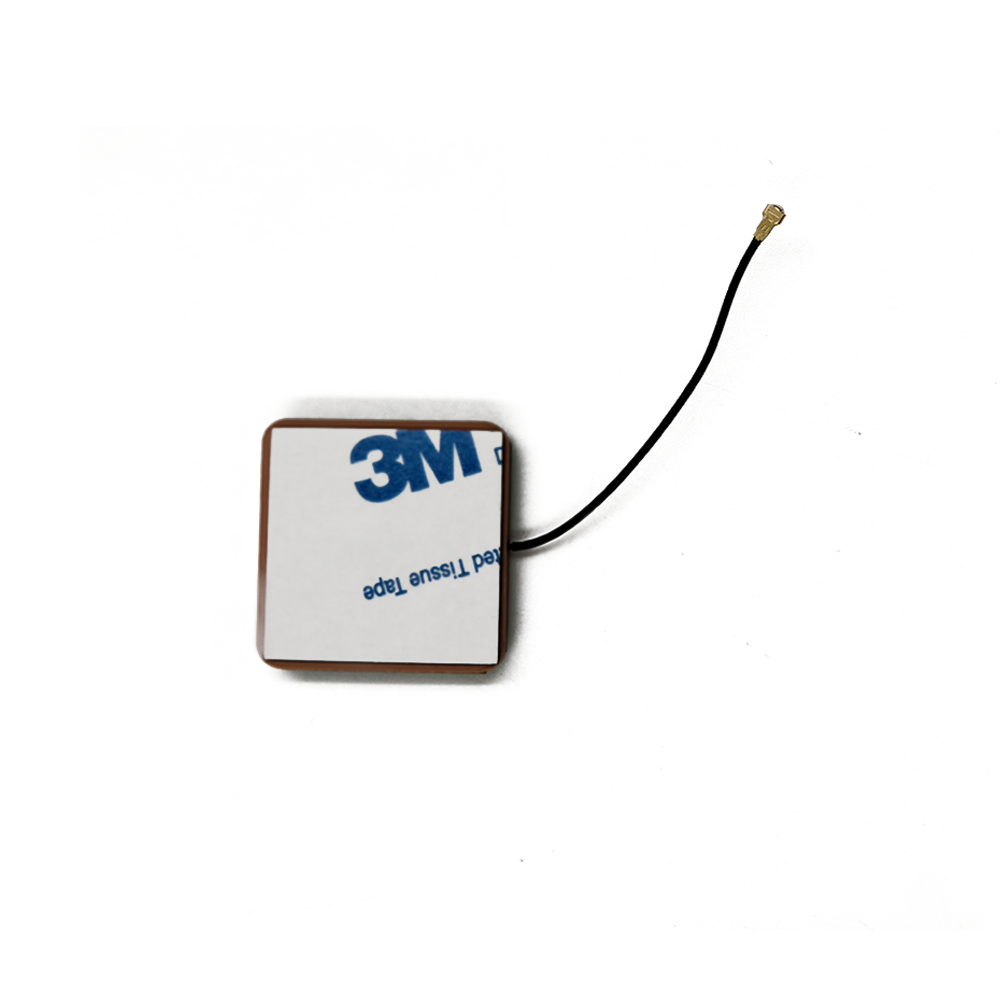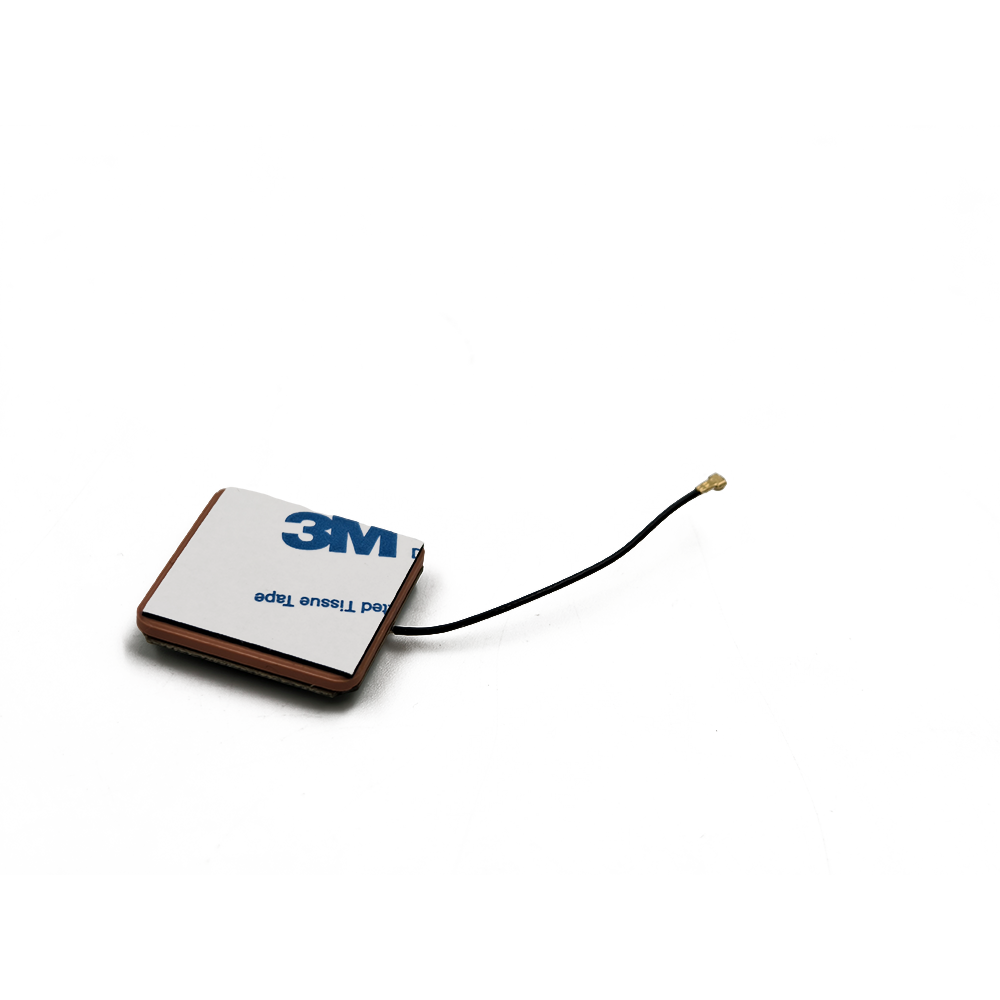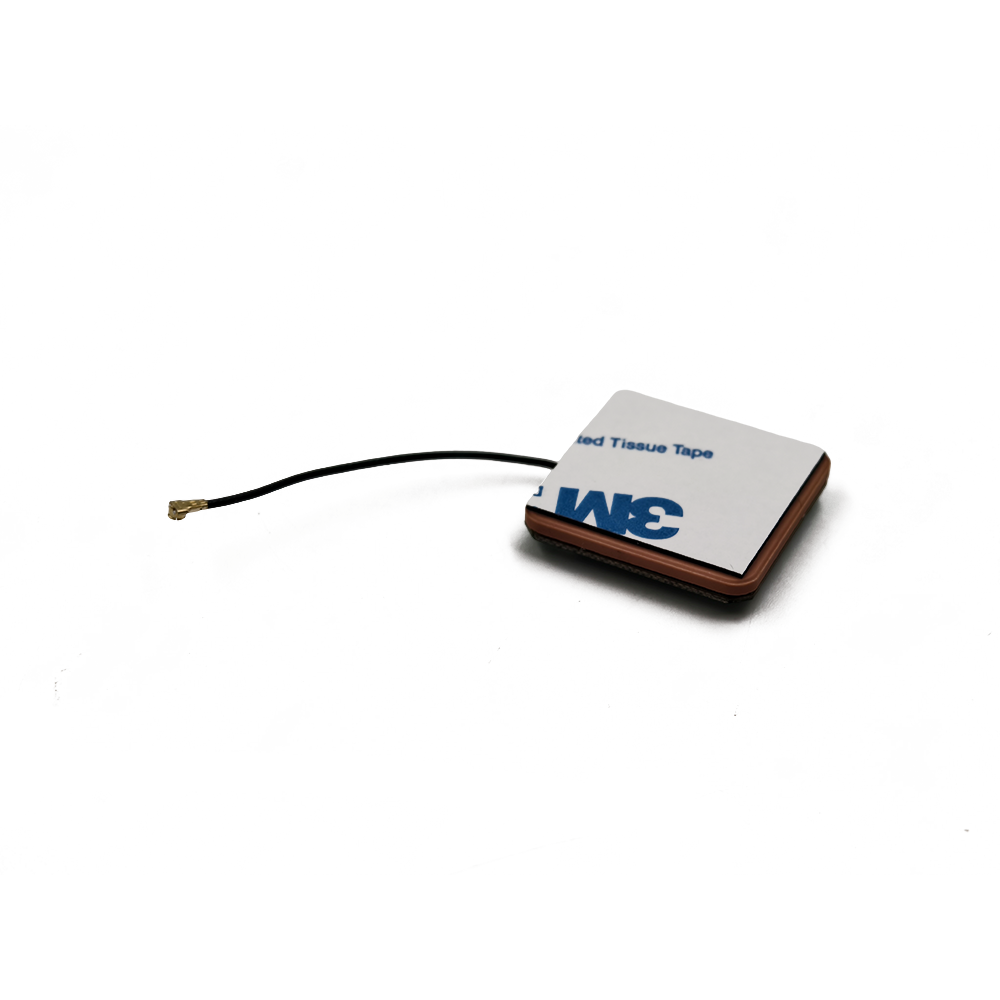Applications
Ceramic patch GPS antennas have a wide range of applications across various industries. In the consumer electronics sector, they are commonly used in smartphones, tablets, and wearable devices. These devices rely on GPS for location-based services such as navigation, location sharing, and geotagging of photos and videos. The small size and good performance of ceramic patch antennas make them ideal for integration into these portable devices, providing users with accurate location information on the go.
In the automotive industry, ceramic patch GPS antennas are essential components of vehicle navigation systems. They enable drivers to get real-time traffic information, find the best routes, and locate points of interest. Additionally, these antennas are used in vehicle tracking systems, which are important for fleet management, security, and insurance purposes. The durability of ceramic patch antennas makes them suitable for the harsh automotive environment, ensuring reliable operation over the vehicle's lifespan.
The aerospace and aviation industries also benefit from ceramic patch GPS antennas. In aircraft, these antennas are used for navigation, precision landing systems, and tracking. They help pilots to determine the aircraft's position accurately, even in adverse weather conditions. In the aerospace field, for satellites and space probes, GPS antennas are used for orbit determination and navigation, enabling precise control and positioning in space.
In the field of agriculture, ceramic patch GPS antennas are used in precision farming applications. Farmers can use GPS-equipped tractors and other agricultural machinery to precisely map fields, apply fertilizers and pesticides more efficiently, and monitor crop growth. The accurate positioning provided by these antennas helps to increase agricultural productivity and reduce environmental impact.
Future Trends
Looking ahead, several future trends are emerging for ceramic patch GPS antennas. One trend is the integration of multiple satellite navigation systems. In addition to the traditional GPS, there are other global navigation satellite systems (GNSS) such as GLONASS (Russia), Galileo (Europe), and BeiDou (China). Future ceramic patch antennas are likely to be designed to receive signals from multiple GNSS simultaneously, providing more accurate and reliable positioning information. This multi-GNSS capability will enhance the performance of GPS devices in challenging environments and improve the overall user experience.
Another trend is the development of antennas with wider bandwidths. As new GPS frequencies are introduced and the demand for more advanced GPS features increases, there is a need for antennas that can operate over a broader range of frequencies. This will allow for better compatibility with future GPS technology and enable the antennas to handle additional signals from new satellite constellations and emerging applications.
The miniaturization of ceramic patch GPS antennas is expected to continue. With the increasing demand for smaller and more compact electronics, manufacturers will strive to make these antennas even smaller while maintaining or improving their performance. This may involve the use of new materials, advanced manufacturing techniques, and innovative antenna designs.
Furthermore, there is a growing interest in integrating ceramic patch GPS antennas with other wireless technologies. For example, combining GPS with Wi-Fi, Bluetooth, or cellular communication in a single antenna module can reduce the size and cost of devices while providing more comprehensive wireless connectivity and location-based services.
Conclusion
In conclusion, ceramic patch GPS antennas have become an indispensable part of modern GPS technology. Their unique design and construction, based on ceramic materials, offer several advantages such as small size, stability, durability, and good performance, which have enabled their widespread adoption in various applications across different industries.
However, these antennas also face challenges, including interference from other wireless signals, limited bandwidth, environmental factors, and manufacturing consistency issues. Overcoming these challenges will be crucial for the continued development and improvement of ceramic patch GPS antennas.
Looking to the future, the applications of ceramic patch GPS antennas are expected to expand further, driven by emerging trends such as multi-GNSS integration, wider bandwidths, continued miniaturization, and integration with other wireless technologies. As technology evolves, ceramic patch GPS antennas will play an even more important role in providing accurate and reliable location information, enhancing the functionality of a wide range of devices and systems, and contributing to the advancement of various industries that rely on GPS technology.




































































 Language
Language
 En
En Cn
Cn Korean
Korean

 Home >
Home > 








 18665803017 (Macro)
18665803017 (Macro)













